An Ode to Toast and the Limits of Winter
March 18th, 2019 By Emilie Bouvier
By Emilie Bouvier
Wednesday, February 6, was the day that Charo was taken away. Who is Charo (other than a famous flamenco guitarist), you ask? Charo is the name of the large, delightfully warm, conveyor toaster that graces the dining hall of Holden Village. That is, when there’s enough power to keep her plugged in.
February is an interesting month at Holden Village, the remote intentional community where I’m spending this year pursuing my art practice. It’s the month when the sun finally begins to rise higher than Buckskin peak, meaning suddenly we get more than just two hours of direct sunlight a day in the valley (celebrated in the obscure Holden holiday dubbed “Sun Over Buckskin”). But it’s also the month when colder temperatures and a growing snow pack begin to significantly slow the creek that supplies our hydro power.
“We get so used to everything being immediate and at our convenience.”
It’s re-shaping, really, to be living in direct relationship with what the land allows for you. On days that are cold or that an avalanche clogs the stream and the power goes out, you adjust. On cold days you add more wood to the boiler and take shifts waking during the night to keep it running. When the power goes out you work by the light of a headlamp and do another task that doesn’t require that tool (be it a miter saw or printer).
We get so used to everything being immediate and at our convenience. We get used to thinking we have enough control and technology to manage whatever weather or nature throw at us, keeping all systems running smoothly.
“It’s re-shaping, really, to be living in direct relationship with what the land allows for you.”
Occasional logins to Facebook have informed me that you all in the Twin Cities area have been experiencing this in your own way – as evidenced by the posts of parents with young kiddos or of friends struggling to drive to and from work on the dangerous roads. I know you have been experiencing your own unique agony of interruption and inconvenience in these past weeks.
Every once in a while, we get that painful and viscerally felt reminder from our dear environment that we are not in control and would do well to live within her bounds.
FOR THESE NEXT COUPLE of months, I know I’ll be learning a lot about my own consumption of electricity, and learning (sometimes painfully) what I can better do without. I’ll charge my electronics only at night, use hot water sparingly, only use the lights and equipment that I absolutely need, and have patience with my laundry as I hang it to dry.
As much as I’ve thought about these things before (hello, EcoFaith energy team), I’m definitely experiencing electricity differently when caving to my longing for a second (or third) cup of pour-over coffee could be the ill-timed power surge that causes of an outage for the whole village. Yet even when it’s uncomfortable to live with less, I’m also finding out what’s actually fairly easy to let go of and how much I really don’t need. In the end I’m grateful for the ways I’m learning and being shaped by the landscape and the limitations of the winter – even when I really miss the toast.


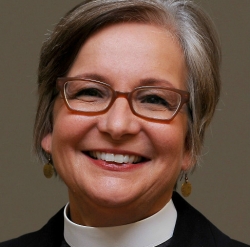
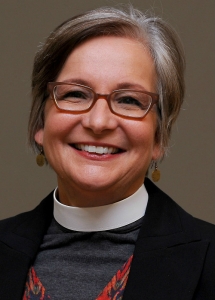 By Pastor Deb Stehlin
By Pastor Deb Stehlin 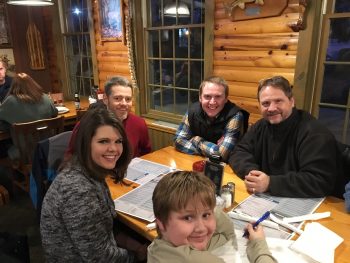
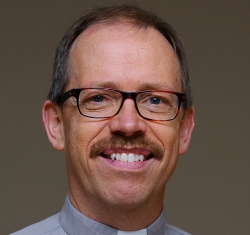
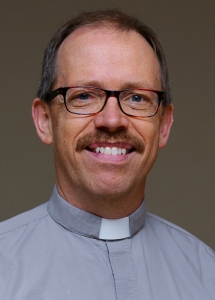
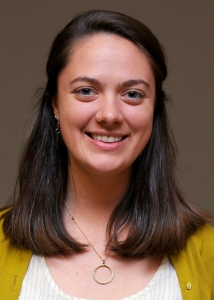 By Emilie Bouvier
By Emilie Bouvier 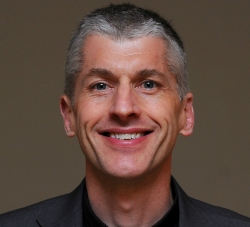
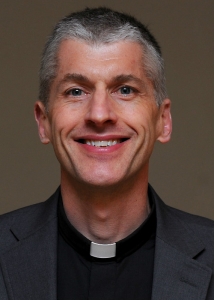 By Pastor Craig Pederson
By Pastor Craig Pederson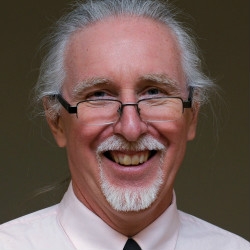
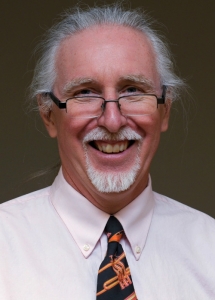 By Bob Hulteen
By Bob Hulteen 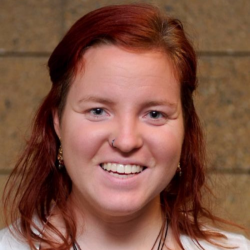
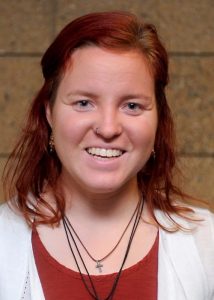 By Grace Corbin
By Grace Corbin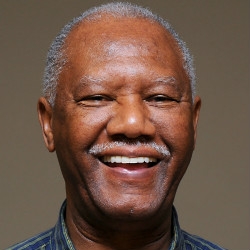
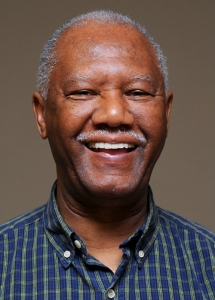 By Pastor Kelly Chatman
By Pastor Kelly Chatman